DON’T SAY THE G-WORD
On November 11, 1947, the American industry changed forever with the national TV debut of ‘Gorgeous’ George Wagner.
Although straight in real life, the ‘Toast of the Coast’ decided to draw the ire of audiences by presenting himself as an effete narcissist.
His hair bleached blond and grown out into curls, he would strut to the ring wearing sequin-covered robes as classical music echoed around the auditorium, followed by a manservant who would spray perfume around the ring to sanitise it for his master.
He even handed out hairpins to women in the crowd if they swore allegiance to him.
It was all a not-so-subtle attempt to play into the insecurities of the time: his femininity, pompousness and sophistication were the antithesis of what counted for “macho” in the mid-20th Century, and yet he won many of his matches and gained female admirers.
It was an insecure straight man’s worst nightmare: a “sissy” who could beat you up and might be more appealing to your girlfriend than you are.
This was at a time when there really was no such thing as babyfaces and heels in the way that is so familiar today – almost all of Wagner’s notable contemporaries had clean-cut personas that were heavy on muscles but light on personality.
By making such a radical break from that tradition and deliberately trying to antagonize crowds, it is not much of an exaggeration to say that he was the man who pioneered the entertainment part of sports-entertainment.
Of course, he did it by perpetuating stereotypes and inciting deeply held prejudices for a reaction.
In wrestling parlance, the “heat” was generated through pure homophobia – but it worked, and it made Gorgeous George a household name.
Wagner’s success ensured that generations of heels incorporated parts of his act into their own personas: think of the robes worn by Ric Flair, the mirror-loving arrogance of an early Shawn Michaels, the perfume sprayed by Rick ‘The Model’ Martel, or any of a thousand other examples.
That is not to say that all of these men were presented as lacking toughness – indeed, the notion that a preening egomaniac like Flair could be a prolific womanizer and an accomplished wrestler despite not being a rugged “man’s man” provided yet another reason for fans to jeer.
Nonetheless, in some cases the insinuation about a character’s sexuality was clear, and the trend was spreading beyond the US scene: a lipstick-wearing Welshman called Adrian Street became a major star in British wrestling during the 1960s and ‘70s and is believed to have influenced David Bowie’s Ziggy Stardust character as well as a host of glam rockers.
Meanwhile, Mexico had its own tradition of androgynous characters which started at around the same time as Gorgeous George: ‘exóticos’ still appear in lucha libre to this day and are known for flirting with the referees, blowing kisses to the crowd and making sexual advances towards their opponents.
In contrast to the portrayal of such characters elsewhere, exóticos are often presented as fan favourites, although their sexuality is still intended as a source of comedy and ridicule.
Interestingly, it was rare in all of these cases for any character’s sexuality to be explicitly stated by announcers, with most promotions choosing euphemisms that offered a wink and a nod to the audience.
Gorgeous George was “flamboyant”, Adrian Street was “exotic”, Adrian Adonis was “adorable” – but you would be hard-pressed to find anyone labeled straight-forwardly as “gay”.
They didn’t need to be: it was an unspoken understanding between wrestling promotions and their audiences that anyone who seemed feminine must be gay, and that no one who was a “real man” could ever be attracted to men.
In this regard, wrestling was perhaps no better or worse than most mainstream entertainment in the 20th Century, which tended to present gay characters exclusively as camp, over-the-top and obsessed with lewdness.
Speaking from personal experience, this could be one of the most confusing and damaging wounds inflicted on adolescents trying to figure out their sexuality – no doubt an untold number of young people struggled to figure out their place in the world as someone who was not attracted to the opposite sex but did not fit the mold of how a gay person was meant to feel or behave.
For many, it will have been a torturous process. It certainly was for me.
Still, if LGBT+ fans had hoped that promotions would be less reluctant to admit the gayness of their stereotyped characters then by the end of the century perhaps they should have been careful what they wished for.
The arrival of Goldust in the WWF in 1995 seemed at first to be just another variation on the same theme: his look was clearly inspired by drag queens, his promos were laced with innuendo, and he was constantly booked to behave in a way that was presented as deviant and predatory.
On one occasion he gave an unconscious Ahmed Johnson mouth-to-mouth while Vince McMahon on commentary screamed that it was “the most revolting thing I’ve ever seen in my life!”
Another time, as they built to their match at Wrestlemania XII, Roddy Piper started an in-ring promo by asking his golden rival “What exactly is your major malfunction, you fruitcake?” and ended the same segment by promising “I’m gonna make a man out of you!”
At first, the presentation was par for the course: Goldust was frequently described as “bizarre” and commentators wondered aloud if his act was really all about playing “mind games” rather than – heaven forbid – actual same-sex attraction.
But then something changed: by the end of 1996 Goldust was on the road to a babyface turn and, with the WWF on the cusp of the Attitude Era, a decision was clearly made to address the question of the character’s sexuality head-on.
In an incredibly uncomfortable in-ring confrontation Jerry ‘The King’ Lawler outright asked him why he cared about another wrestler pursuing his “director” Marlena and asked if he was, “y’know… well… queer?”
Goldust answered emphatically “No” and knocked Lawler to the ground. It seemed as though Goldust was only able to turn into a fan favourite if he performed a kind of reverse coming-out: as a fully heterosexual hero defending his lady’s honour, no-one need feel uncomfortable cheering for him.
That didn’t stop the inflammatory language from Lawler though: a few months later in an interview he claimed Goldust’s father Dusty Rhodes didn’t love him because he “went around the ring kissing men like a flaming fag.”
At least fans were no longer being asked to use this as a reason to boo – but the language was still a new low.
Trending
- WWE Legend Signs New Contract
- Tony Khan Attacked By AEW Stars
- AEW Tag Team Split Confirmed
- WWE Bloodline Member Sidelined With Injury
- Top WWE Star Reverting To Old Entrance Theme?
- Jack Perry & Young Bucks Break Silence After Attacking Tony Khan
- Tony Khan Backstage Update Following Jack Perry & Young Bucks AEW Attack
- Will Ospreay Championship Match Confirmed For AEW Double Or Nothing
- WWE Legend ‘In Talks Again’ With Company Following Vince McMahon’s Departure
- NFL Reacts To Jack Perry & Young Bucks AEW Dynamite Attack On Tony Khan






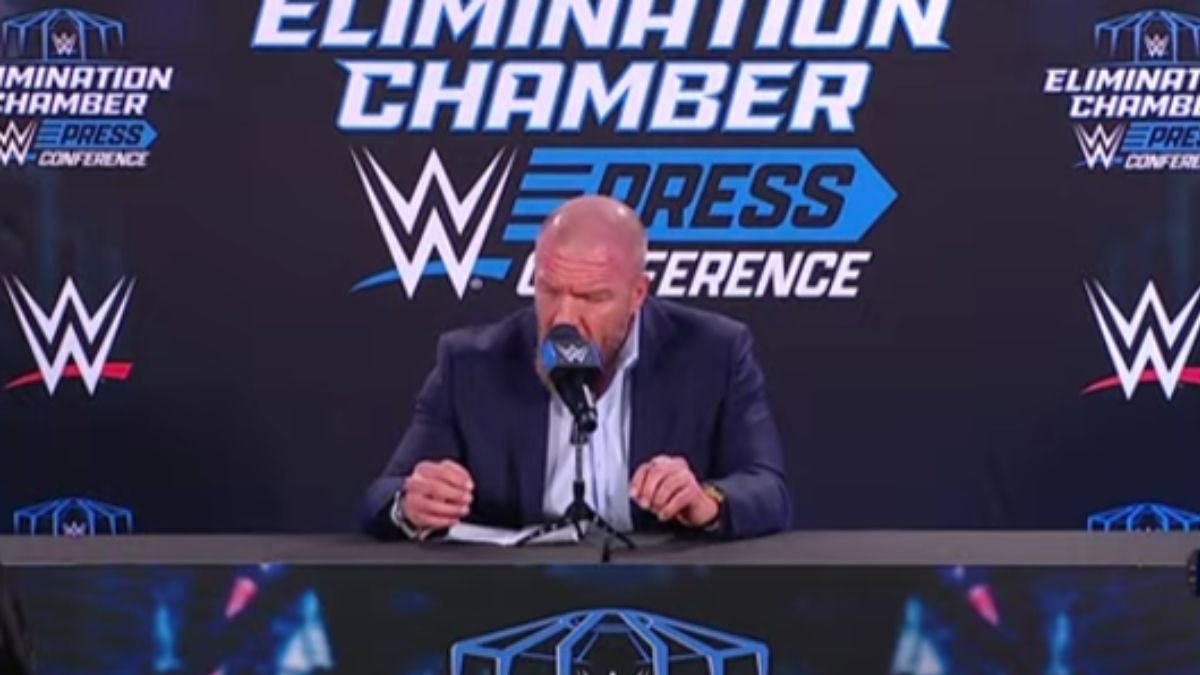

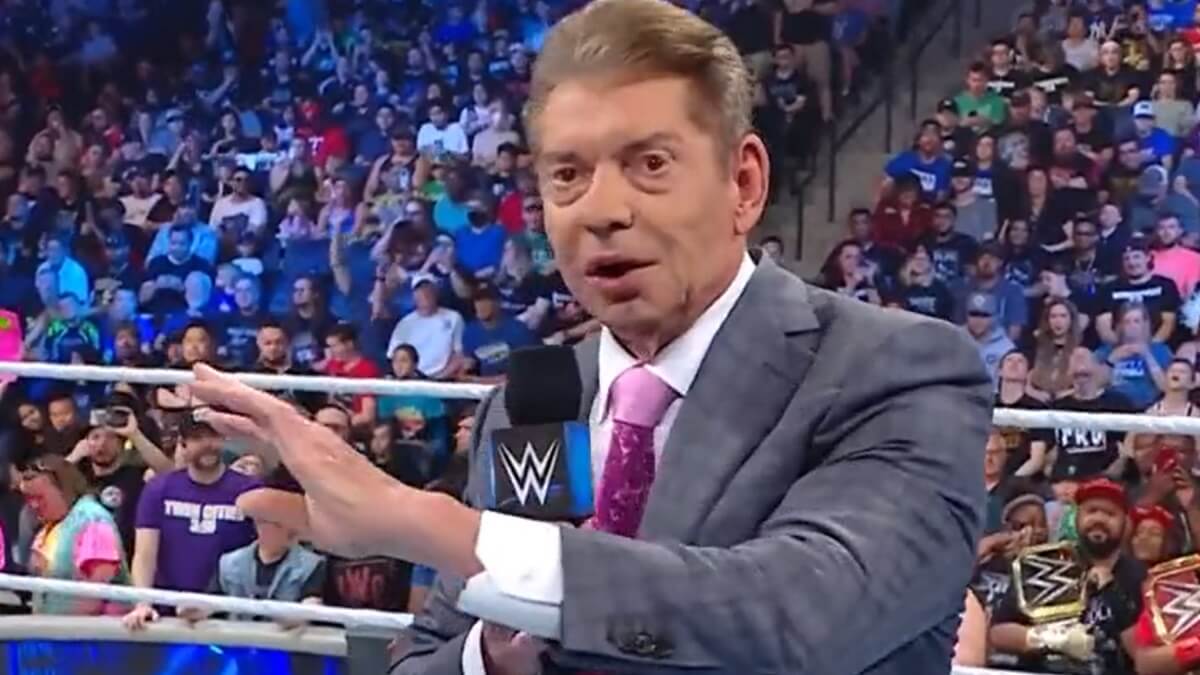
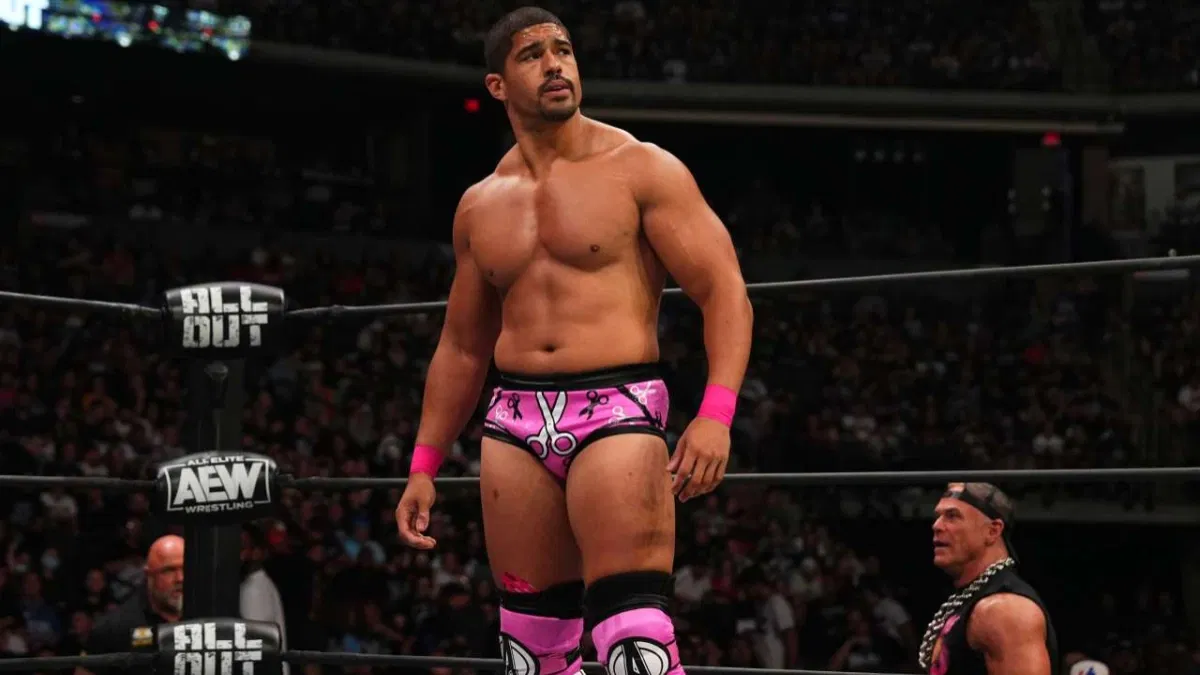

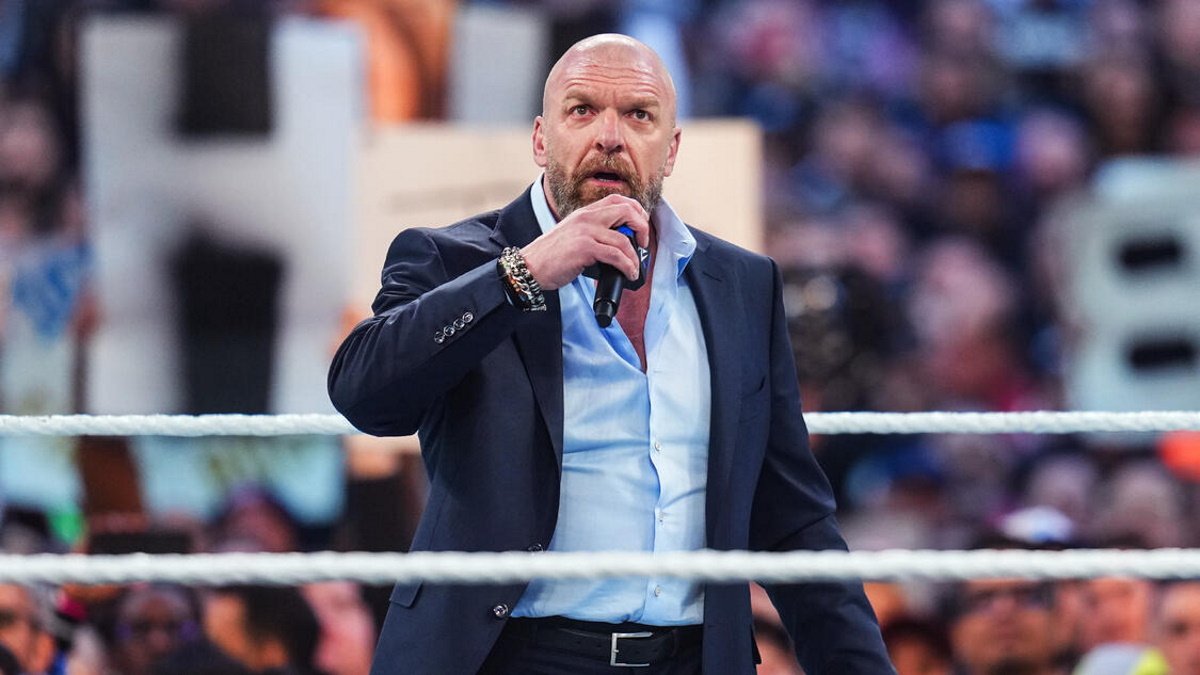

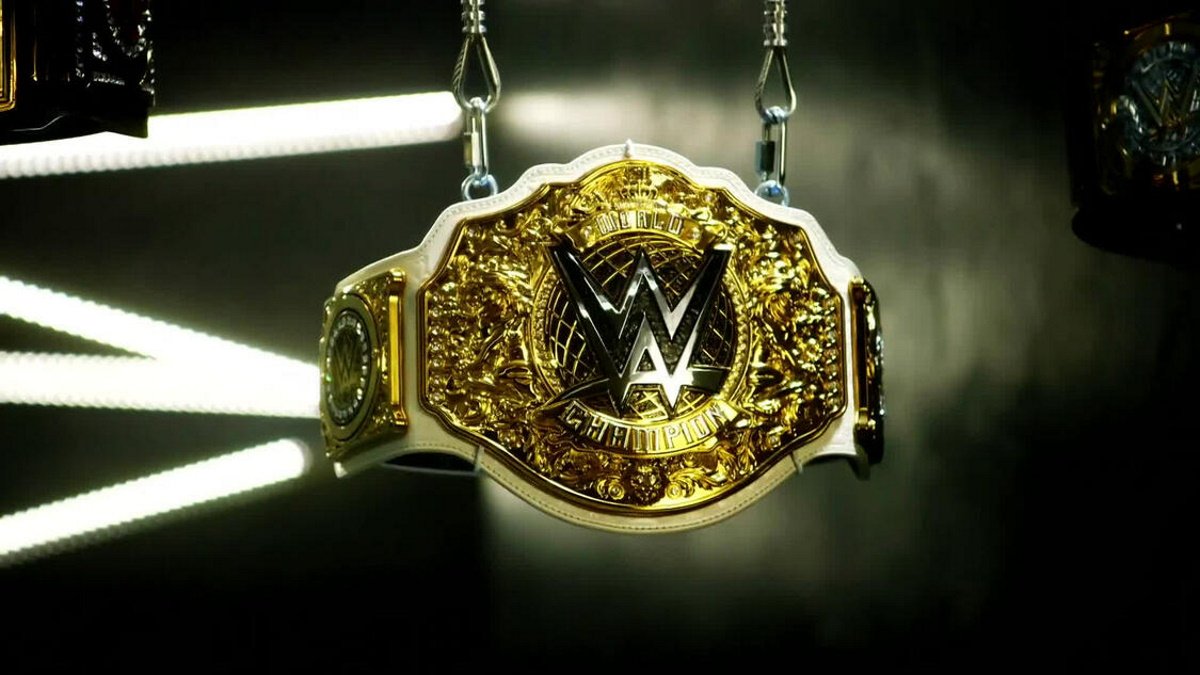
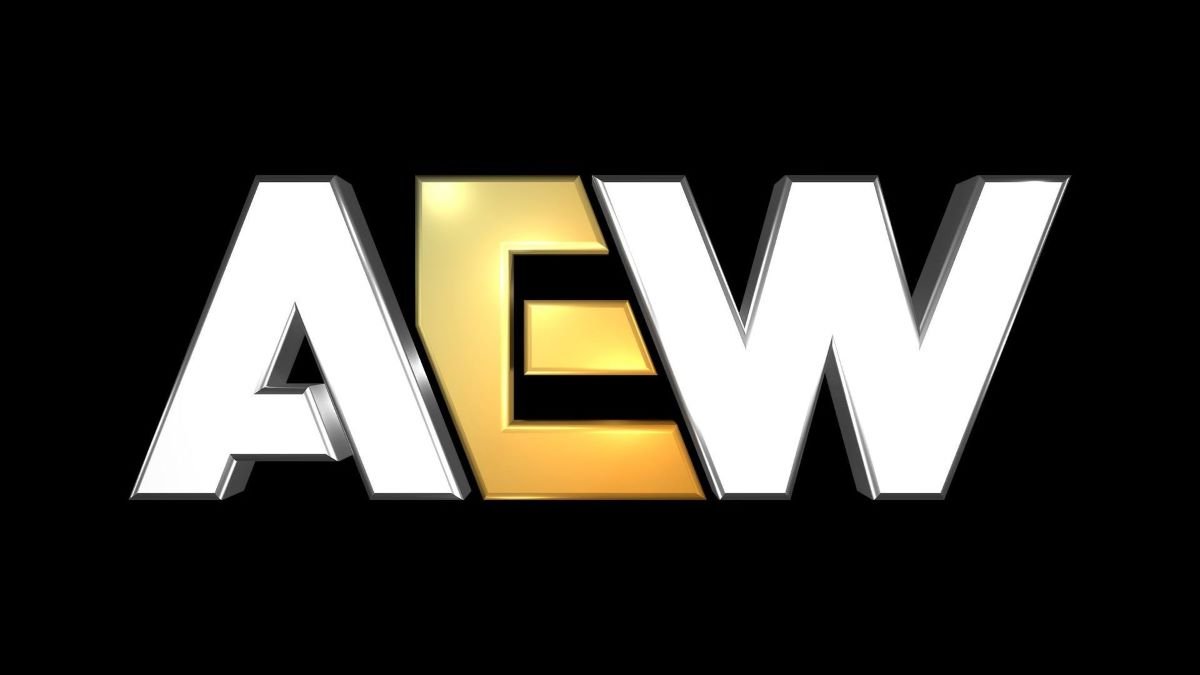
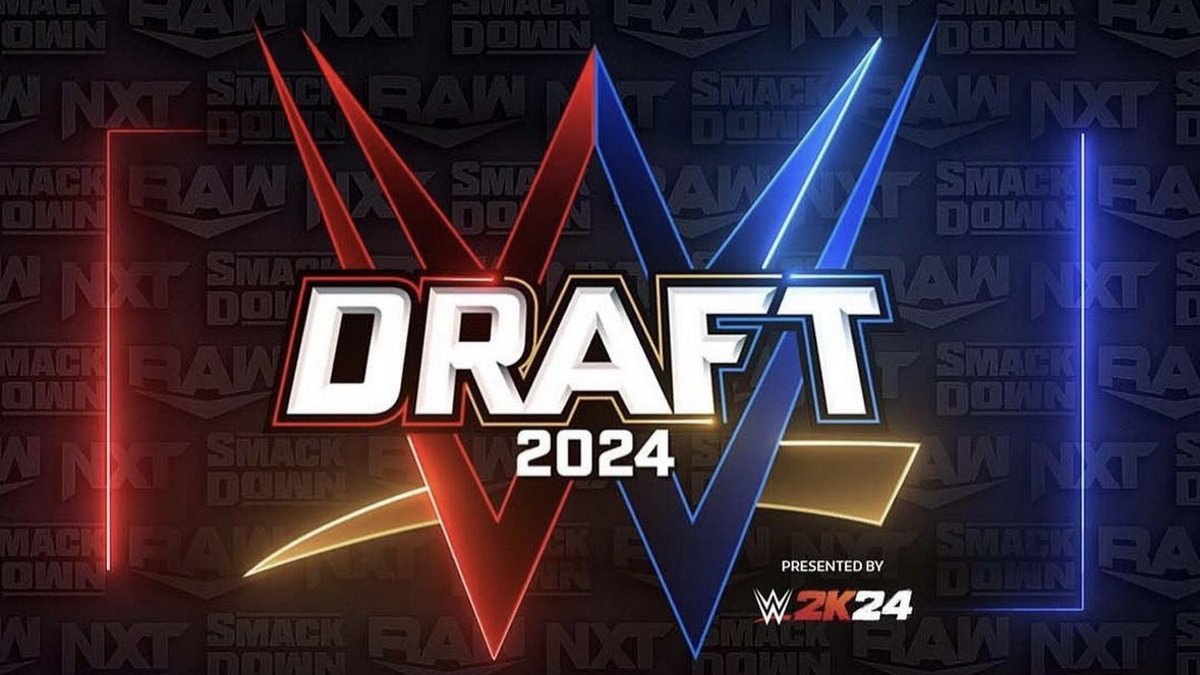

 mailing list
mailing list